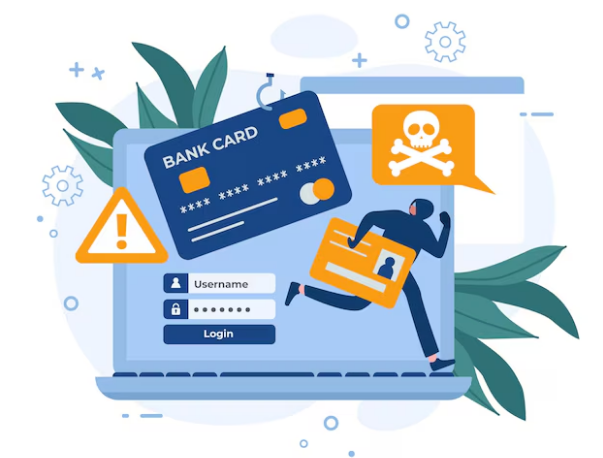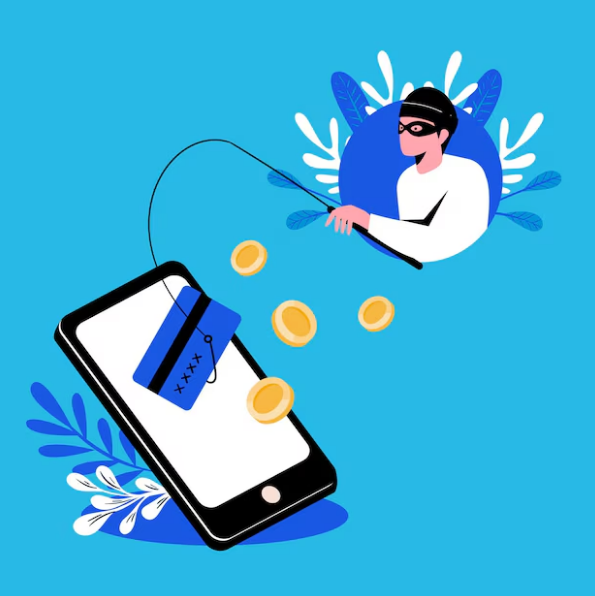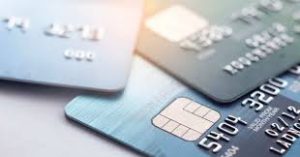In today’s digital age, credit and debit card fraud is a growing concern for consumers across the United States. With the increasing reliance on electronic transactions, the risk of falling victim to fraudsters has never been higher. Protecting your financial information is essential to avoid the potential headaches and financial losses that come with card fraud.
Fortunately, there are several effective strategies you can employ to safeguard your credit and debit cards against fraud. By staying vigilant, regularly updating your security measures, and adopting good financial habits, you can significantly reduce your risk of falling victim to fraud.
Protecting your card information

One of the most important steps in preventing credit and debit card fraud is to protect your card information at all times. Fraudsters often rely on stealing card details to make unauthorized transactions, so keeping this information secure is crucial.
- Be cautious with your physical card: Always keep your credit and debit cards in a secure place and avoid carrying more cards than necessary. If your card is lost or stolen, report it immediately to your bank or card issuer. Many institutions offer the ability to lock or freeze your card through their mobile app, which can prevent unauthorized transactions while you work to recover your card.
- Limit sharing your card information: Be cautious about who you share your card details with. Only provide your card information to trusted merchants and service providers, and avoid giving out your card number over the phone unless you are certain of the recipient’s legitimacy. When making online purchases, ensure that the website is secure by looking for “https://” in the URL and checking for a padlock icon next to the address bar.
- Use credit instead of debit: Whenever possible, use a credit card instead of a debit card for online purchases and other transactions where fraud risk is higher. Credit cards typically offer better fraud protection, including zero liability for unauthorized charges, and the funds in your bank account are not directly impacted if your credit card is compromised.
Monitoring your accounts regularly
Regularly monitoring your bank and credit card accounts is one of the most effective ways to detect and prevent fraud. The sooner you spot suspicious activity, the quicker you can take action to minimize any damage.
- Check your statements frequently: Make it a habit to review your bank and credit card statements at least once a week. Look for any unfamiliar transactions, even small ones, as fraudsters often test accounts with small charges before attempting larger ones. If you notice anything suspicious, report it to your bank or card issuer immediately.
- Set up account alerts: Many banks and credit card companies offer account alerts that can notify you of transactions, low balances, or other account activity. Setting up these alerts can help you stay on top of your accounts and quickly spot any unauthorized activity. Some alerts can be sent via text message, email, or push notifications through your bank’s mobile app.
- Review your credit report: In addition to monitoring your account statements, it’s important to regularly review your credit report. This can help you spot any signs of identity theft, such as new accounts opened in your name or inquiries you don’t recognize. You’re entitled to a free credit report from each of the three major credit bureaus—Equifax, Experian, and TransUnion—once a year. Consider spacing out your requests so you can check your report every four months.
Enhancing your online security
With the rise of online shopping and banking, enhancing your online security is essential for protecting your credit and debit card information from fraud.
- Use strong, unique passwords: One of the simplest yet most effective ways to protect your accounts is to use strong, unique passwords. Avoid using easily guessable passwords like “password123” or your birthdate. Instead, create complex passwords that include a mix of letters, numbers, and special characters. Additionally, avoid using the same password for multiple accounts, as this can make it easier for fraudsters to gain access to multiple accounts if one password is compromised.
- Enable two-factor authentication (2FA): Many online services, including banking and shopping sites, offer two-factor authentication (2FA) as an extra layer of security. 2FA requires you to provide a second piece of information, such as a code sent to your phone, in addition to your password when logging in. This makes it much harder for fraudsters to access your accounts, even if they have your password.
- Be wary of phishing scams: Phishing scams are a common tactic used by fraudsters to trick you into providing your card information or login credentials. These scams often involve fake emails, texts, or websites that appear to be from legitimate sources, such as your bank or a popular retailer. Always verify the legitimacy of any communication before clicking on links or providing personal information. If in doubt, contact the company directly using a phone number or website you know to be genuine.
Safeguarding your card at ATMs and point of sale
Fraud can also occur at ATMs and point-of-sale (POS) terminals, where criminals use skimming devices or other tactics to steal your card information.
- Inspect ATMs and POS terminals: Before using an ATM or POS terminal, take a moment to inspect the machine for any signs of tampering. Skimming devices are often attached to the card slot or keypad, and they can be difficult to spot. Look for anything unusual, such as loose or bulky parts, and avoid using machines that seem suspicious. If possible, use ATMs located inside banks or well-lit areas, as they are less likely to be tampered with.
- Shield your PIN: When entering your PIN at an ATM or POS terminal, use your other hand to shield the keypad from view. This can help prevent criminals from capturing your PIN with hidden cameras or by looking over your shoulder. Additionally, consider changing your PIN regularly to reduce the risk of it being compromised.
- Use contactless payments: Contactless payments, such as those made with a smartphone or a contactless card, can be a more secure option than swiping or inserting your card. These payments use near-field communication (NFC) technology, which reduces the risk of skimming. If your card offers contactless payment, consider using it whenever possible.
Taking control of your financial security
Credit and debit card fraud is a serious concern, but by taking proactive steps, you can protect yourself and reduce the risk of becoming a victim. By safeguarding your card information, monitoring your accounts, enhancing your online security, and staying vigilant in public spaces, you can keep your financial information secure and enjoy peace of mind.






